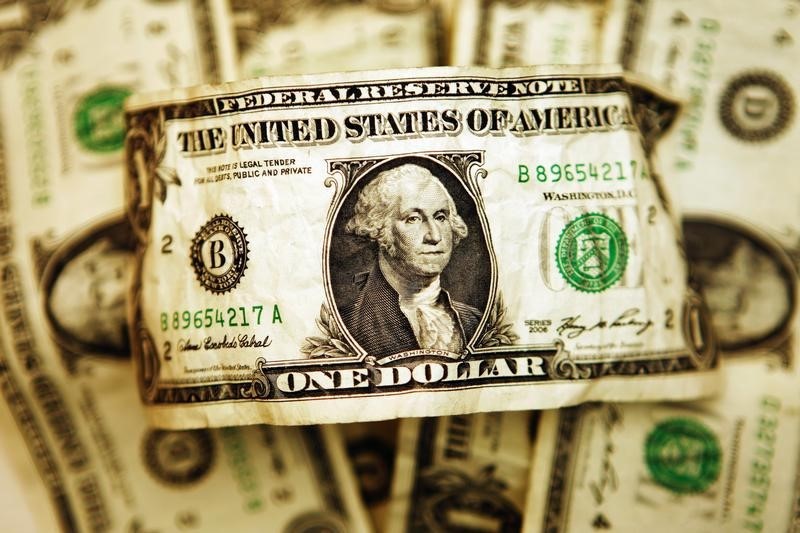How are energy investors positioned?
By Peter Nurse
Investing.com - The dollar edged higher in early European trade Tuesday, but gains were capped by the strength of commodity currencies on the back of rises in the prices of oil and base metals.
At 2:55 AM ET (0755 GMT), the Dollar Index, which tracks the greenback against a basket of six other currencies, was up 0.1% at 90.245, after dipping as low as 90.130 for the first time since Feb. 26.
EUR/USD traded 0.1% higher at 1.2140, USD/JPY rose 0.1% to 108.91, while GBP/USD was largely flat at 1.4116, close to its strongest since Feb. 25 as Britain reopens its economy.
Looking at the main commodity currencies, USD/CAD traded at 1.2096, close to its weakest in more than three years. AUD/USD gained 0.1% to 0.7833, near an 11-week high, while NZD/USD was quoted at 0.7269, which is near its strongest level since late February.
“The greatest takeaway from Friday's soft U.S. jobs report for the FX market was that it bought more time for the Fed to be patient in withdrawing loose policy,” said analysts at ING, in a note. “This comes at a time when commodity prices continue to surge (iron ore up another 9% overnight) and the market's conviction on higher prices is growing.”
Investors now await the latest inflation data from the U.S. on Wednesday, which are expected to show a sharp rise as the prices for commodities including crude oil, copper and steel soar, as well as a series of Treasury auctions during the week.
“Assuming these can pass without doing too much damage to the U.S. bond market, the dollar should continue its run lower through May,” ING added.
That said, many investors expect commodities demand to surge as coronavirus vaccinations allow more countries to resume normal economic activity, increasing inflationary pressures as supply constraints suggest prices could remain elevated for an extended period.
Elsewhere, USD/CNY rose 0.2% to 6.4304, after China’s consumer inflation data just missed expectations, with CPI contracting 0.3% month-on-month in April but growing 0.9% year-on-year. Factory prices, on the other hand, rose at the fastest rate in three and a half years in April, with PPI growing a better-than-expected 6.8% year-on-year.
